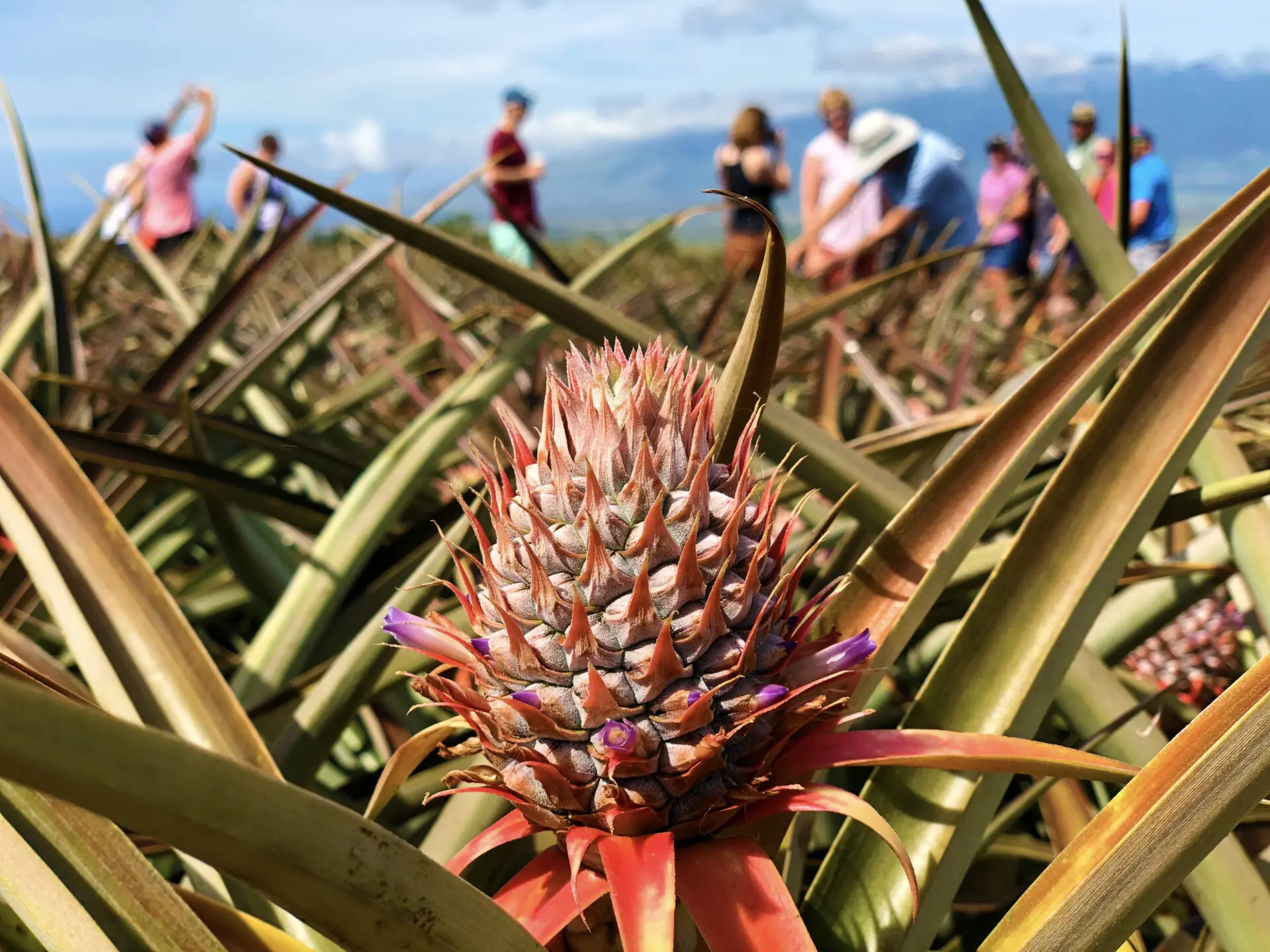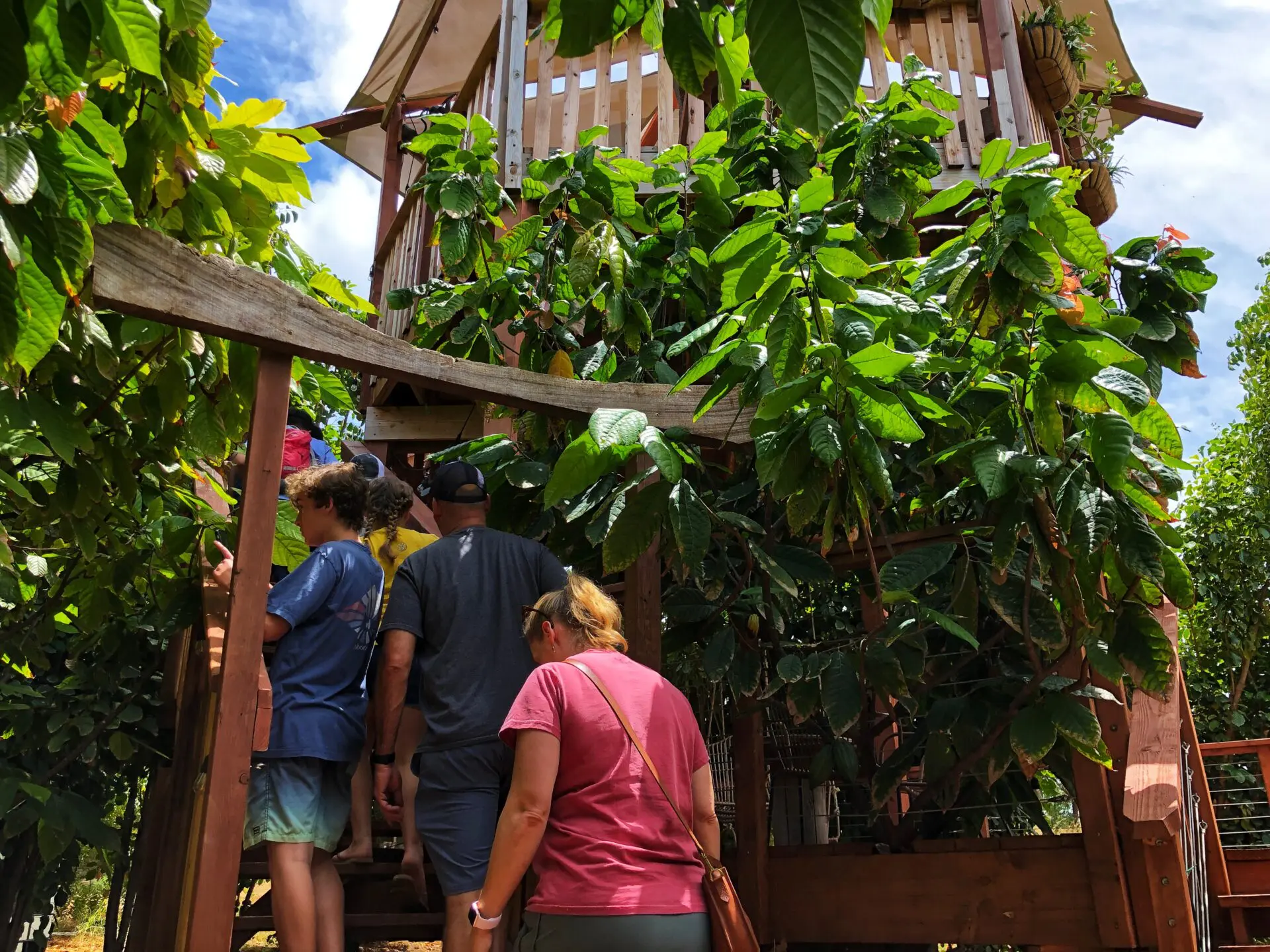 After the past two centuries of visitors bringing new plants and animals to this island paradise, we have had some hard lessons in how invasive species can affect a myriad of natural systems. State and county officials, numerous environmental agencies, non-profit conservation groups and Hawai´i residents alike are trying to do the right thing and reduce the impacts of some of these uninvited guests. Some of our efforts have been better than others. The problem with a new, alien species becoming established on an island is that often it is met with little resistance. A plant or animal in its home environment has had vast stretches of time to settle into its niche. A balance, more or less, is struck between that critter’s food sources and predators. Bring said critter into a new environment where those balancing pressures don’t exist and things can get out of hand. Most endemic species of plants and animals in Hawai´i don’t have any defense mechanisms against predators because they didn’t have any predators. Native plants that have close relatives in other parts of the world do not produce the same alkaloids (chemicals produced by plants) their mainland cousins do. A good example of this is a type of mint that is native to Hawai´i; it does not have the traditional “mint” smell that repels many insects that would otherwise feed on it. This is because it never needed to since there weren’t any insects that fed on it here, it could devote that energy to another area of its minty life.
After the past two centuries of visitors bringing new plants and animals to this island paradise, we have had some hard lessons in how invasive species can affect a myriad of natural systems. State and county officials, numerous environmental agencies, non-profit conservation groups and Hawai´i residents alike are trying to do the right thing and reduce the impacts of some of these uninvited guests. Some of our efforts have been better than others. The problem with a new, alien species becoming established on an island is that often it is met with little resistance. A plant or animal in its home environment has had vast stretches of time to settle into its niche. A balance, more or less, is struck between that critter’s food sources and predators. Bring said critter into a new environment where those balancing pressures don’t exist and things can get out of hand. Most endemic species of plants and animals in Hawai´i don’t have any defense mechanisms against predators because they didn’t have any predators. Native plants that have close relatives in other parts of the world do not produce the same alkaloids (chemicals produced by plants) their mainland cousins do. A good example of this is a type of mint that is native to Hawai´i; it does not have the traditional “mint” smell that repels many insects that would otherwise feed on it. This is because it never needed to since there weren’t any insects that fed on it here, it could devote that energy to another area of its minty life.
These introduced plants and animals, if they can get around the problem of finding a suitable food source, can spread out to all areas of an island with only the ocean being the ultimate barrier. To solve the problem of the more destructive introductions, we have often looked to nature for ideas. “No natural predators for this crop destroying rat, you say? I hear those Indian mongoose are great rat catchers. Let’s bring them here!” The mongoose is a visible blunder in this notion of bringing new predators to combat introduced pests. Rats, active at night, are very capable of avoiding the mongoose that hunts during the day. The native birds, that never had any egg stealing predators before, were given two new, very successful, egg eating neighbors in a short amount of time. The birds have not been faring well.
Land Tours

Maui Pineapple Tour
Pineapple has been a Hawaiian staple for over a century, with the state once being the largest commercial producer globally. Maui Gold Pineapple has been in operation for about 25 years. Tours of their fields and packing facility are available, offering a fascinating and tasty experience.
Maui Chocolate Tour: Guided Farm Tour
Maui Ku‘ia Chocolate Estate in Lahaina offers an in-depth 1.5-hour tasting tour, showing the process from bean to bar, including beverage pairings and a gift card. The farm tour includes tastings in a treehouse-like office. Weekend tours support local charities, and Sunday Sunset Jazz features live music, wine, and chocolate.
As poorly as some of the natural pest control efforts have done, we have had some successes. The newest, more promising endeavor on Maui and the Big Island involves a caterpillar that eats a problematic, invasive weed. Fireweed, which became established in the Hawai´ian Islands in the 1980s, infests ranch lands where it is eaten by our livestock animals. Fireweed produces a neurotoxin that accumulates over time in the bodies of cattle and leads to all kinds of neurological problems and eventually, death. People are safe from the effects since you’d have to eat a lot over weeks or months at a time to accumulate dangerous levels of the toxin. Turns out the caterpillar of the Secusio extensa moth loves to eat fireweed. They have been raised and released in the Upcountry of Maui since spring of 2013 and we are now starting to see them out and about. It will probably take years, decades, before any real change is seen in the fireweed population. The caterpillars will have to have a few bumper crop-type years, described as “epidemic” population explosions, to make the fireweed problem just a nuisance. Hopefully it is only the species we want them to eat that will be affected by this new addition to the fauna of Hawai´i. So if you’re out on a walk in any of the beautiful upcountry parks or hiking areas and you see the fuzzy, little caterpillar, leave her be and ponder for a moment on the latest experiment in natural pest control here in Hawai´i.




0 Comments